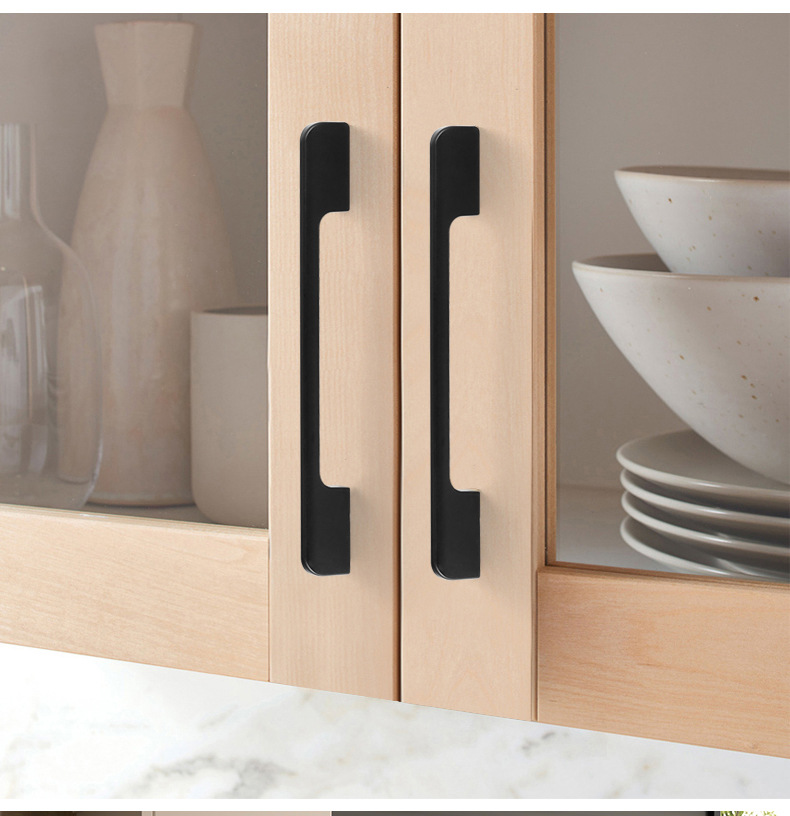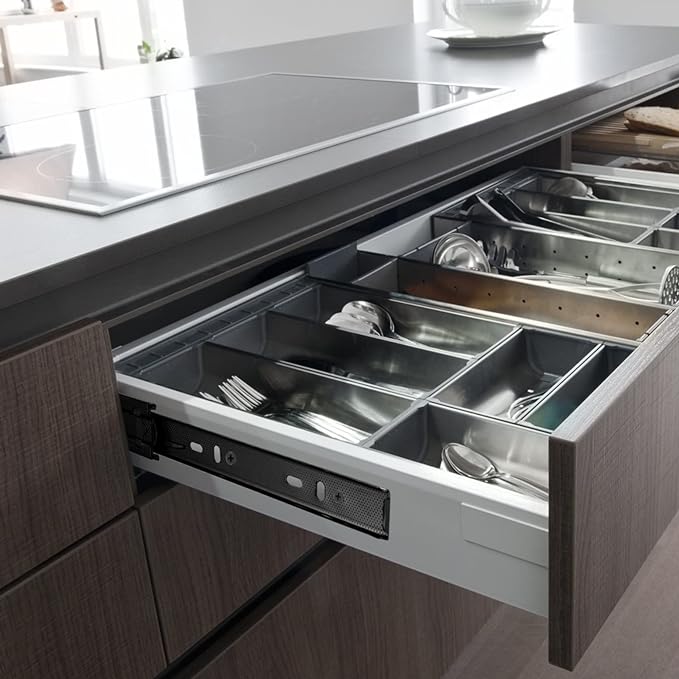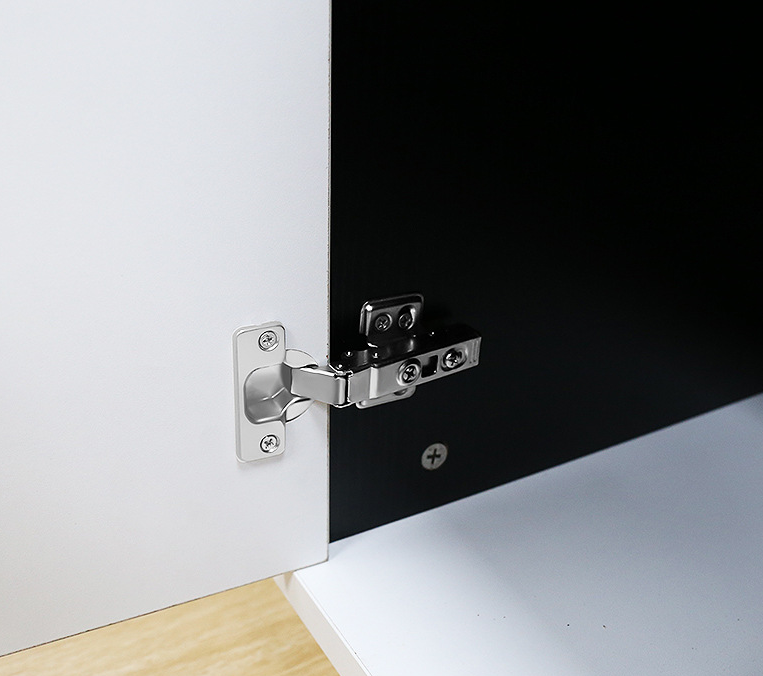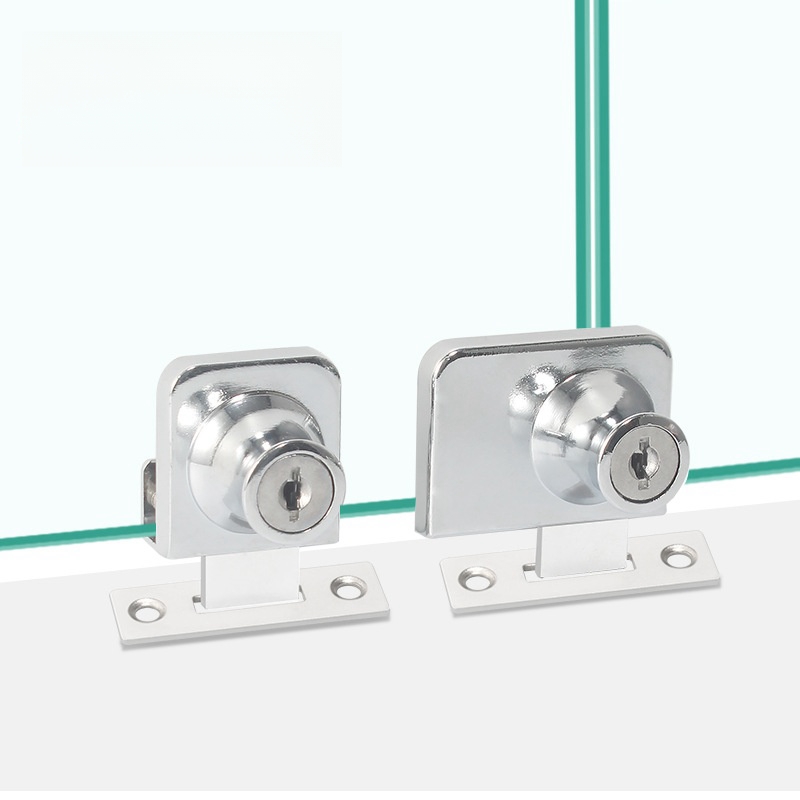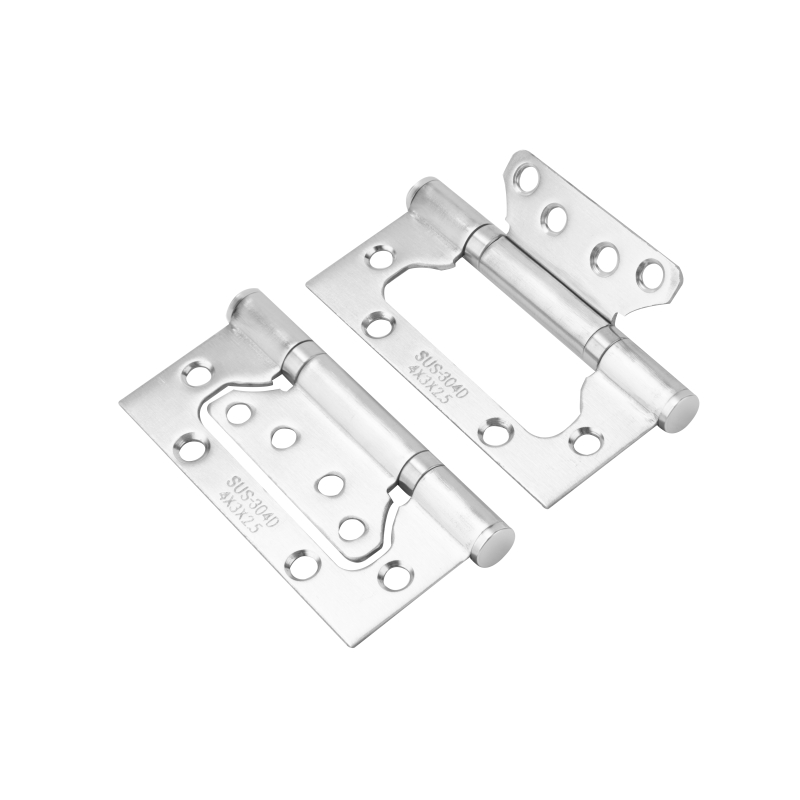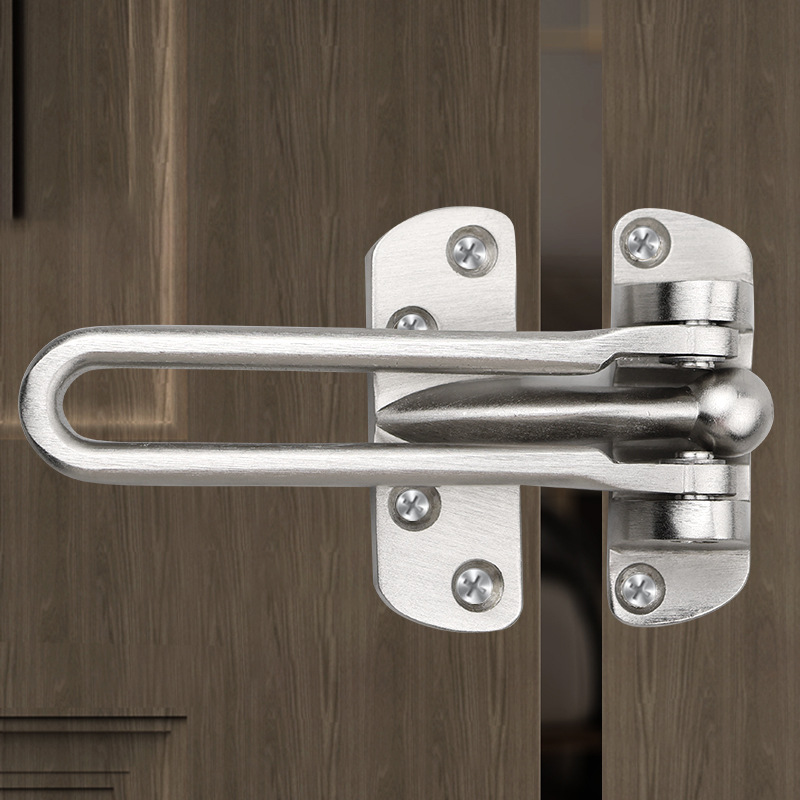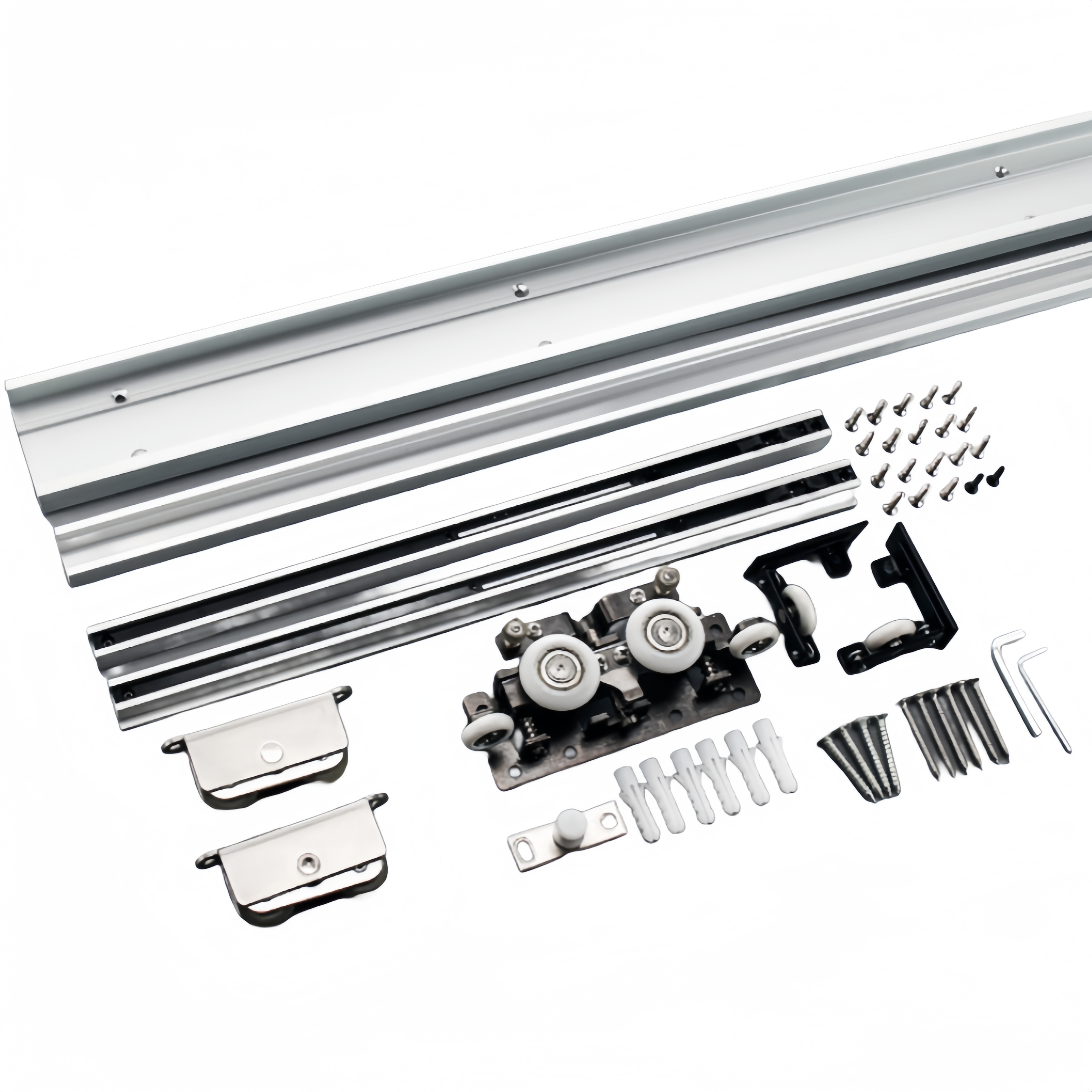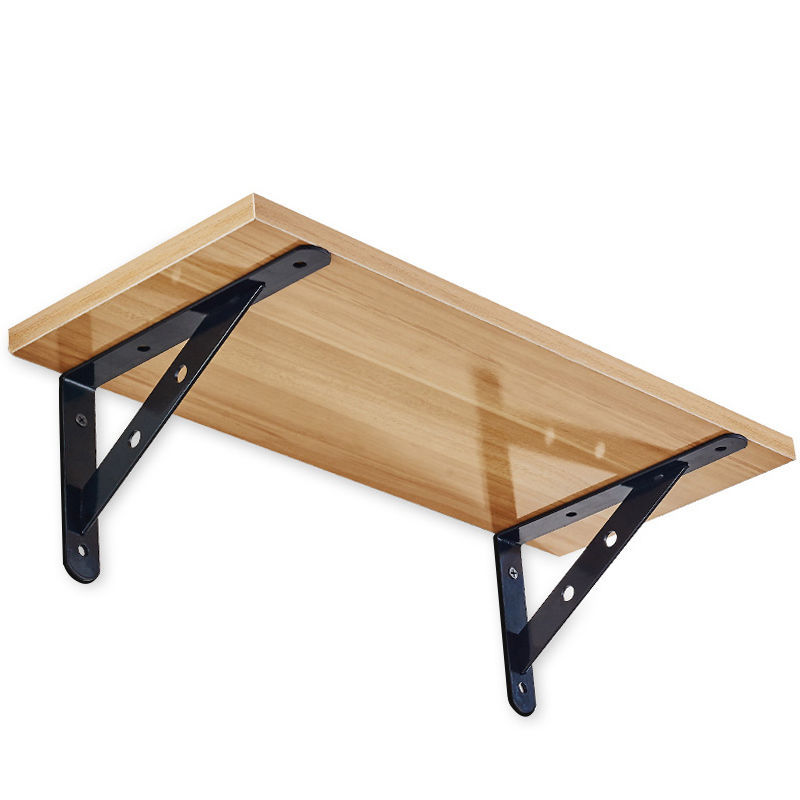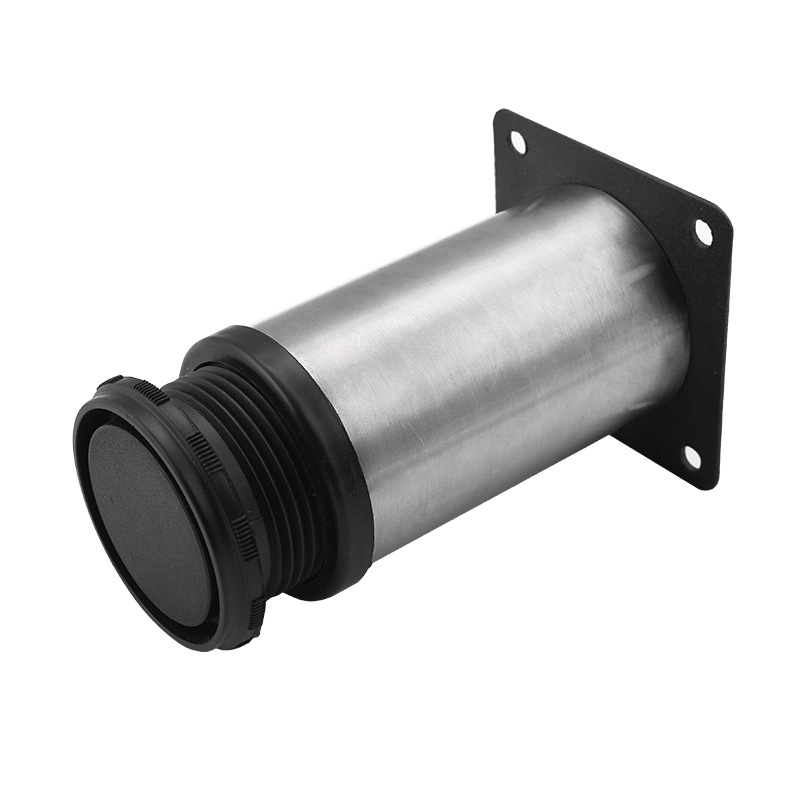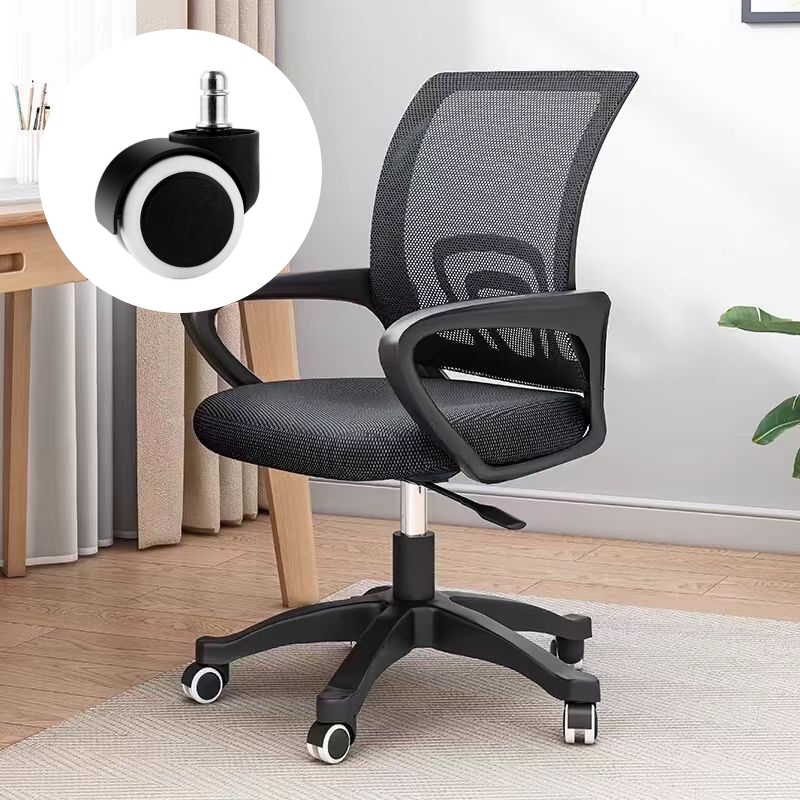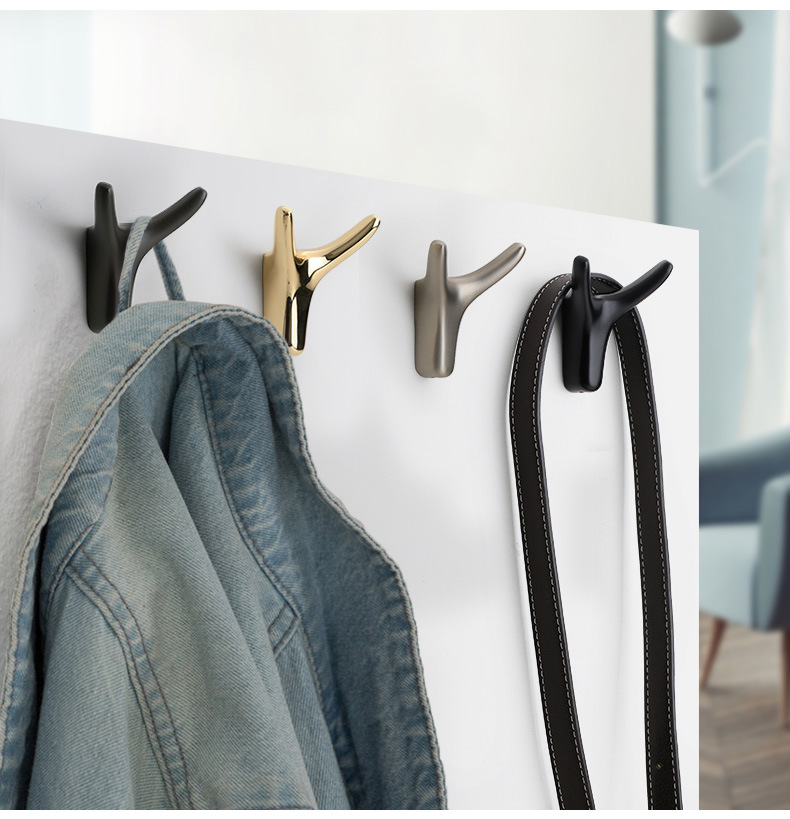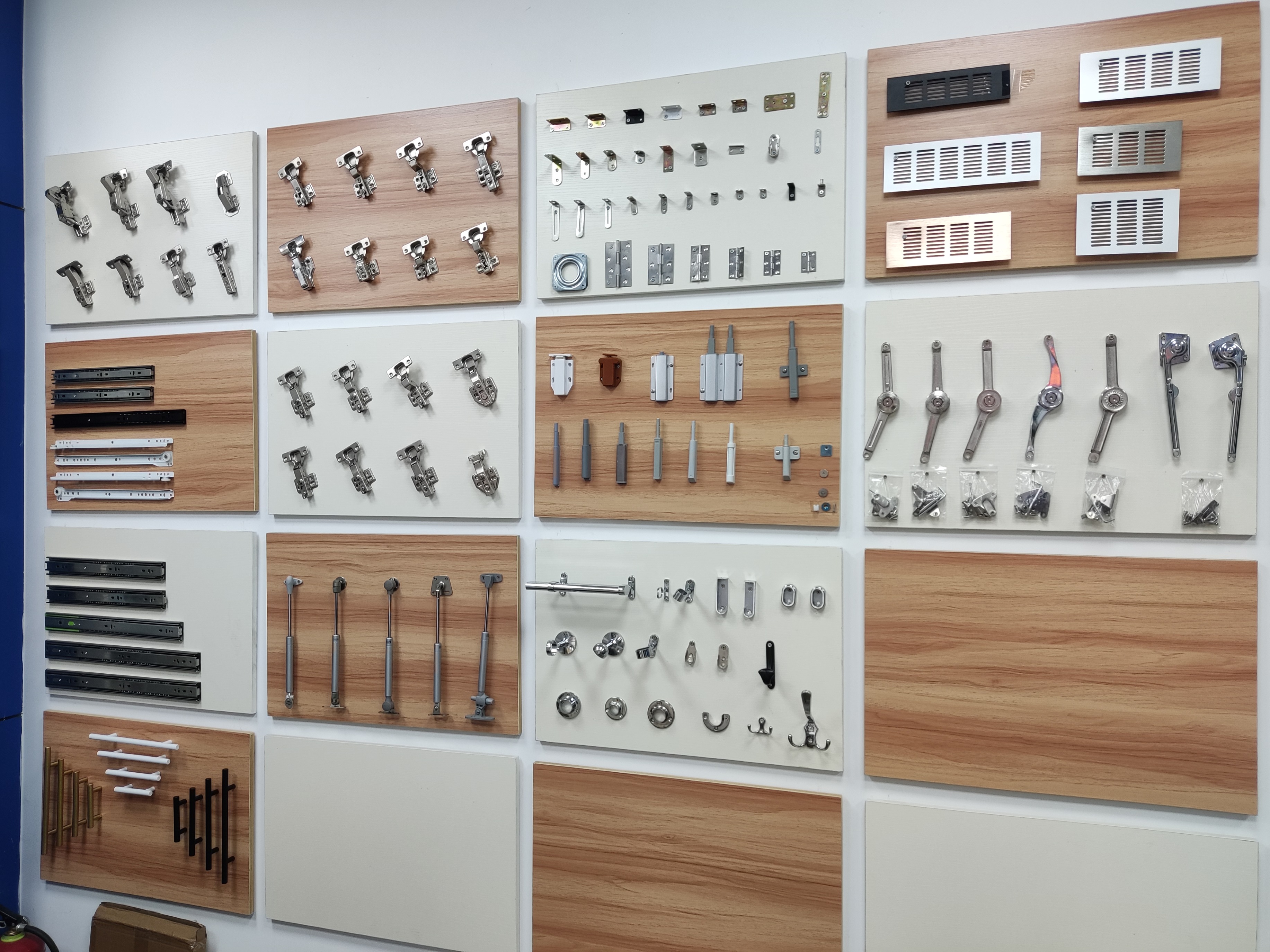
ABOUT
Guangzhou Toplink hardware Co., Ltd specialized in the production and export of furniture hardware fittings, with an experience of more than 14 years.
Our main products are drawer locks, cabinet hinges, sliding rails, cabinet handles, casters, cabinet legs and connecting fittings etc..
With a complete range of products, excellent performance and reasonable prices we have built up business with many customers all over the world.
We are committed to strict quality control and considerate customer service. We sincerely looking forward to becoming your best choice and the most reliable partner!
PRODUCTS
standard closet hanger rod height
The Rationale Behind the 54-Inch Standard
The 54-inch standard is a product of ergonomic considerations and average human height. It aims to strike a balance between accessibility for most adults and efficient use of vertical space. At this height, most individuals can comfortably reach their clothes without having to stretch excessively or bend over. This minimizes strain and makes accessing garments a smooth, effortless process. This height also allows for sufficient space underneath the rod for shoes, drawers, or other storage solutions.
However, it's important to understand that this is an average. The ideal rod height is highly personalized and depends on individual height and reach. A person taller than average might find 54 inches too low, while a shorter individual may find it too high. Therefore, the 54-inch standard should be seen as a guideline rather than an inflexible rule.
Furthermore, the type of clothing you store also plays a role. If you primarily store shorter garments like blouses and shirts, a slightly lower rod might suffice. However, if you store longer items like dresses and coats, a higher rod may be necessary to prevent bunching and wrinkling.
Considering Individual Height and Reach
The most crucial factor in determining the ideal rod height is the height and reach of the individuals who will be using the closet. Before deciding on a specific height, consider measuring your own height and reach. Stand in front of where the closet will be and extend your arm upwards to the point where you can easily reach without straining. This will give you a good indication of the maximum comfortable height for your rod.
For households with multiple users of varying heights, a compromise might be necessary. Installing a double rod system, one slightly higher than the other, could be a suitable solution. This allows individuals of different heights to comfortably access their clothing without compromising space or convenience. Alternatively, consider installing adjustable closet rods that can be easily raised or lowered as needed to cater to different users.
Remember that measuring your reach is key – your height alone doesn't determine the ideal rod placement. Consider your comfort level; you want to be able to easily grab clothes without excessive stretching or bending.
The Impact of Closet Depth and Design
The depth of your closet also significantly influences the optimal rod height. In a deep closet, reaching the back of the rod might become difficult even if the height is ideal. In such cases, you might need to consider adding shelves or drawers closer to the back of the closet to make better use of the space and improve accessibility. Alternatively, shallower closets might necessitate a lower rod height for easier access to garments at the back.
The overall closet design also plays a crucial role. If you plan to incorporate additional features like shelves, drawers, or baskets beneath the rod, you'll need to account for their height when determining the rod's height. Ensure there's sufficient space between the bottom of the rod and the top of any lower storage elements to prevent overcrowding and allow for easy maneuvering.
Consider the type of closet doors as well. Sliding doors might require more clearance space at the bottom compared to hinged doors. If the bottom of the doors needs to swing open, a lower rod may be better to ensure that clothes won't interfere.
Clothing Types and Storage Needs
The types of clothing you store heavily influence the required rod height. Longer garments like dresses and coats naturally require a higher rod to prevent them from bunching on the floor. Conversely, shorter garments like shirts and blouses can be accommodated at a lower height. If you have a mix of clothing lengths, you might need to consider a double rod system or other organizational solutions to optimize space and accessibility.
Think about how you want to organize your clothes. Do you prefer to hang everything individually, or do you utilize space-saving methods like folding clothes or using shelf dividers? These choices can significantly impact the optimal rod placement. For example, using shelf dividers for folded sweaters will free up vertical space, potentially allowing for a slightly lower rod height.
Analyze your clothing collection before finalizing the rod height. Consider the distribution of different clothing lengths and types, and adjust the rod height accordingly to maximize storage efficiency and minimize wrinkling.
Beyond the Standard: Custom Solutions and Adjustments
While the 54-inch standard serves as a helpful guideline, remember that it's crucial to prioritize personal comfort and convenience. If the standard height doesn't meet your individual needs, don't hesitate to adjust it. Installing an adjustable rod allows for flexibility, enabling you to modify the height as your needs or preferences change over time.
For custom closet designs, consulting with a professional closet designer is highly recommended. They can assess your specific needs and preferences, considering factors like individual height, clothing types, and overall closet layout to create a personalized solution that maximizes space and functionality. A professional can help you design a system that is both aesthetically pleasing and highly functional, tailored precisely to your lifestyle.
Ultimately, the ideal closet rod height is not a fixed number but a personalized choice influenced by multiple factors. By carefully considering these factors, you can ensure your closet is both functional and convenient, enhancing your daily life in ways you might not initially expect.
SUBSCRIBE
INQUIRY
